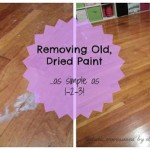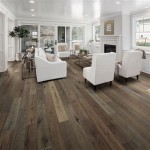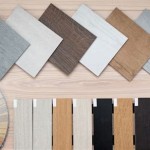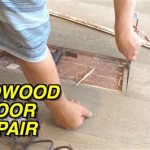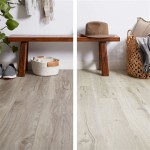Choosing the Right Transition Pieces for Wood Flooring
Transition pieces are essential for creating a smooth and seamless transition between different types of flooring or when flooring meets other surfaces such as walls, stairs, or doorways. Choosing the right transition pieces can significantly enhance the overall appearance and functionality of your flooring. Here are some key considerations to keep in mind when selecting transition pieces for your wood flooring:
Compatibility with Wood Flooring
The first step is to ensure that the transition pieces you choose are compatible with your wood flooring in terms of material, color, and style. Ideally, the transition pieces should match or complement the wood flooring as closely as possible to create a cohesive look. Consider the type of wood, the grain pattern, the finish, and the overall color scheme of your flooring when selecting transition pieces.
Purpose and Functionality
Consider the specific purpose and functionality of the transition pieces. Different types of transition pieces are designed for different applications. For example, T-moldings are used to bridge the gap between two floors of the same height, while reducers are used to transition between floors of different heights. Step transitions are used for transitions between flooring and stairs, and end caps are used to cover the exposed ends of flooring.
Material and Durability
The material of the transition pieces should be durable and able to withstand wear and tear. Common materials used for transition pieces include wood, metal, and PVC. Wood transition pieces offer a classic and natural look, but they may require more maintenance than other materials. Metal transition pieces are durable and long-lasting, but they may not always complement the style of wood flooring. PVC transition pieces are a budget-friendly option that is available in a variety of colors and finishes.
Installation and Maintenance
Consider the ease of installation and maintenance when choosing transition pieces. Some transition pieces are easier to install than others, and some require professional installation. It is important to choose transition pieces that are compatible with your flooring installation method and that can be easily maintained over time. Regular cleaning and occasional refinishing may be necessary to keep the transition pieces looking their best.
Style and Aesthetics
The style and aesthetics of the transition pieces should complement the overall design of your home. Transition pieces come in a variety of styles, from traditional to modern, and can be used to enhance the visual appeal of your flooring. Consider the color, texture, and shape of the transition pieces when making your selection.
Additional Tips
Here are a few additional tips for choosing the right transition pieces for wood flooring:
- Visit a flooring showroom to see a wide range of transition pieces and get expert advice.
- Order samples of different transition pieces to compare the color, material, and style before making a final decision.
- Consider the height of the transition pieces to ensure a smooth and safe transition between flooring surfaces.
- Hire a professional installer to ensure proper installation and long-lasting performance of the transition pieces.
By following these considerations, you can choose the right transition pieces that will enhance the beauty, functionality, and durability of your wood flooring.

How To Transition Between Two Diffe Wood Floors

How To Transition Between Two Diffe Wood Floors Floortheory

Understanding Wood To Tile Transitions Flooring Masters Blog

How To Transition Flooring Best Floor Transitions 50

When To Use Transition Strips On Your Floors Ina Flooring Services

How To Transition Between Two Diffe Wood Floors

A Guide To Wood Floor Trims Greyspace Flooring

How To Add Floor Trim Transitions And Reducers Young House Love

Flooring Transitions Ideas To Help Make Your Home Flow

Stylish Wood Flooring Transitions For 2024 Forté
See Also
